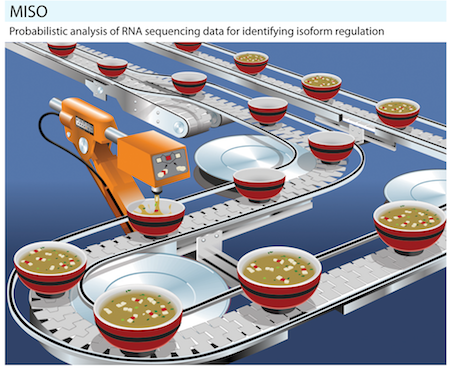Alternative Splicing
Updated by Hongjiang & chatGPT on 02/19/2023
Alternative splicing is a mechanism used by eukaryotic cells to generate multiple protein isoforms from a single gene. In alternative splicing, different combinations of exons within a pre-mRNA transcript are spliced together to produce different mRNA isoforms, which can then be translated into different protein isoforms.
Exons are the coding regions of a gene that contain the information necessary to make a protein, while introns are non-coding regions that are transcribed into RNA but are removed during the splicing process. Alternative splicing allows different combinations of exons to be spliced together in different ways, producing different mRNA isoforms that may encode different protein sequences and functions.
Alternative splicing can greatly increase the diversity of the proteome by generating multiple protein isoforms with different functions or expression patterns from a single gene. It is estimated that alternative splicing occurs in more than 90% of human genes, and it plays important roles in development, tissue-specific gene expression, and disease.
MISO
Note: >=Python2.6 needed.
